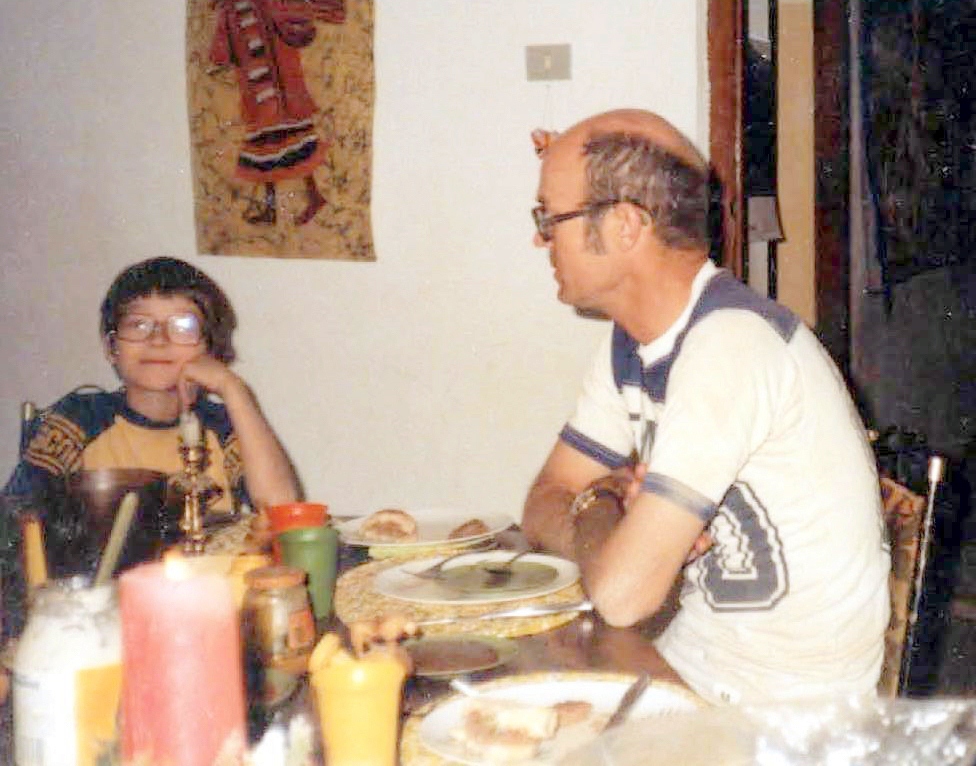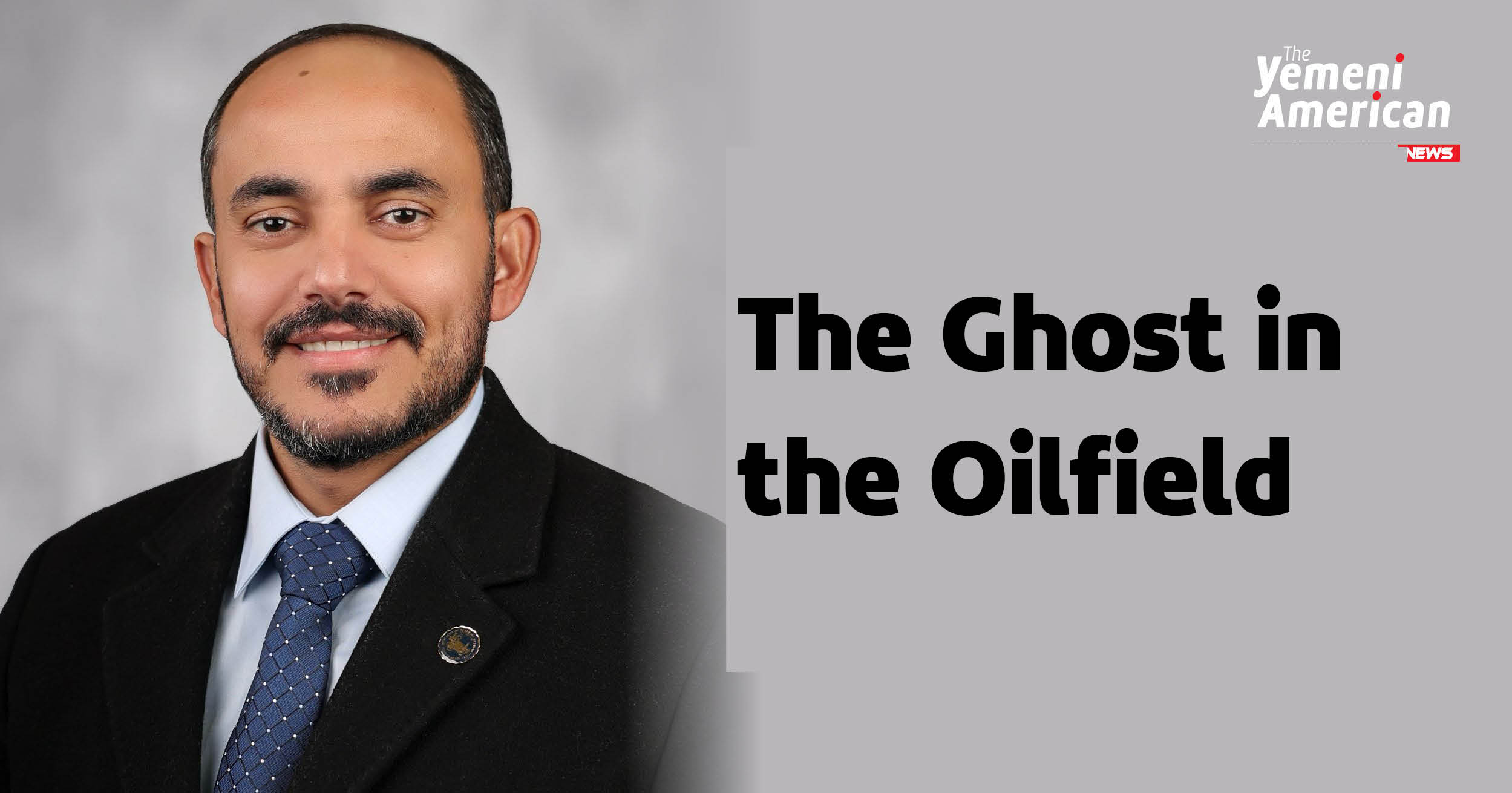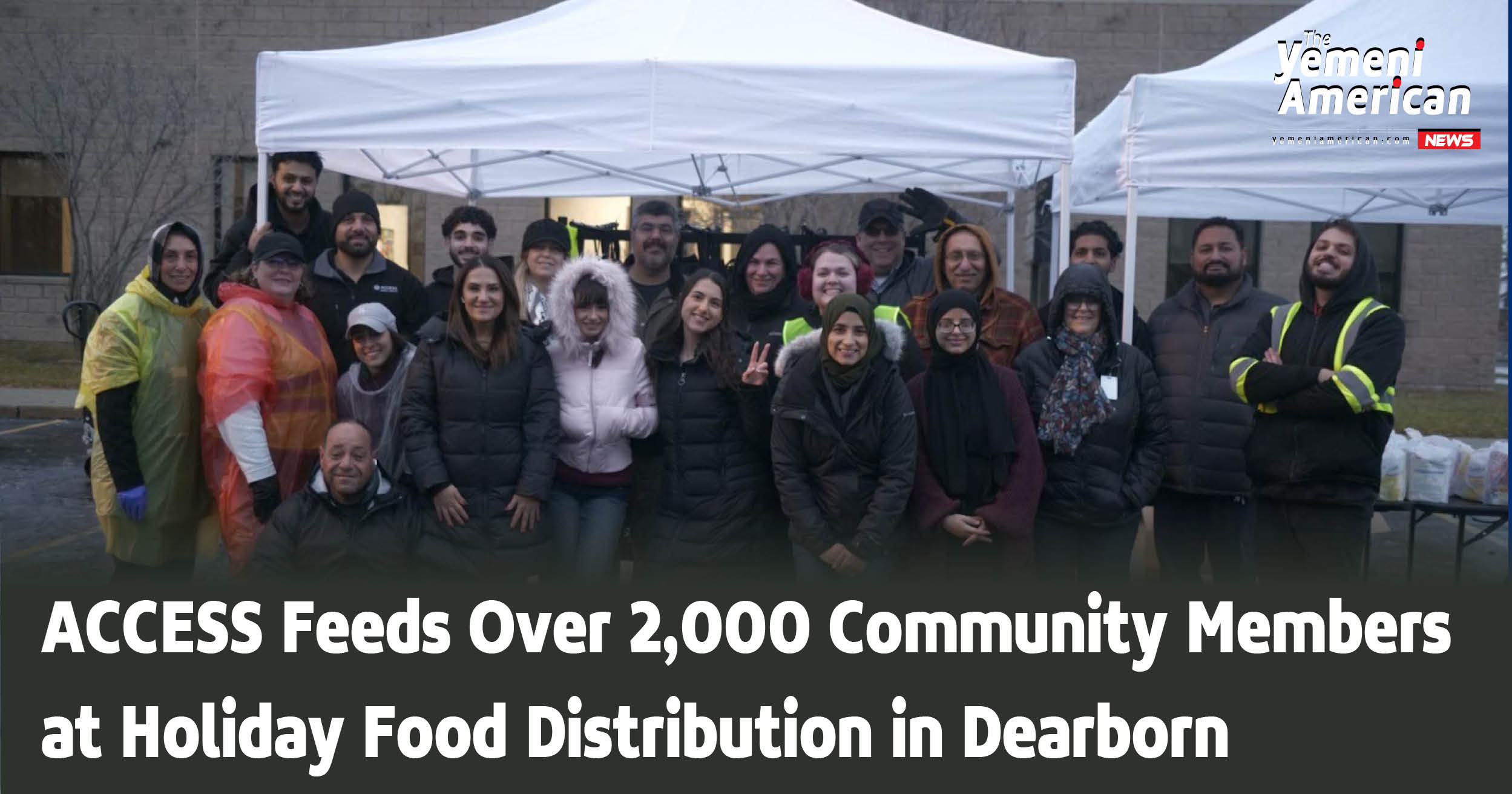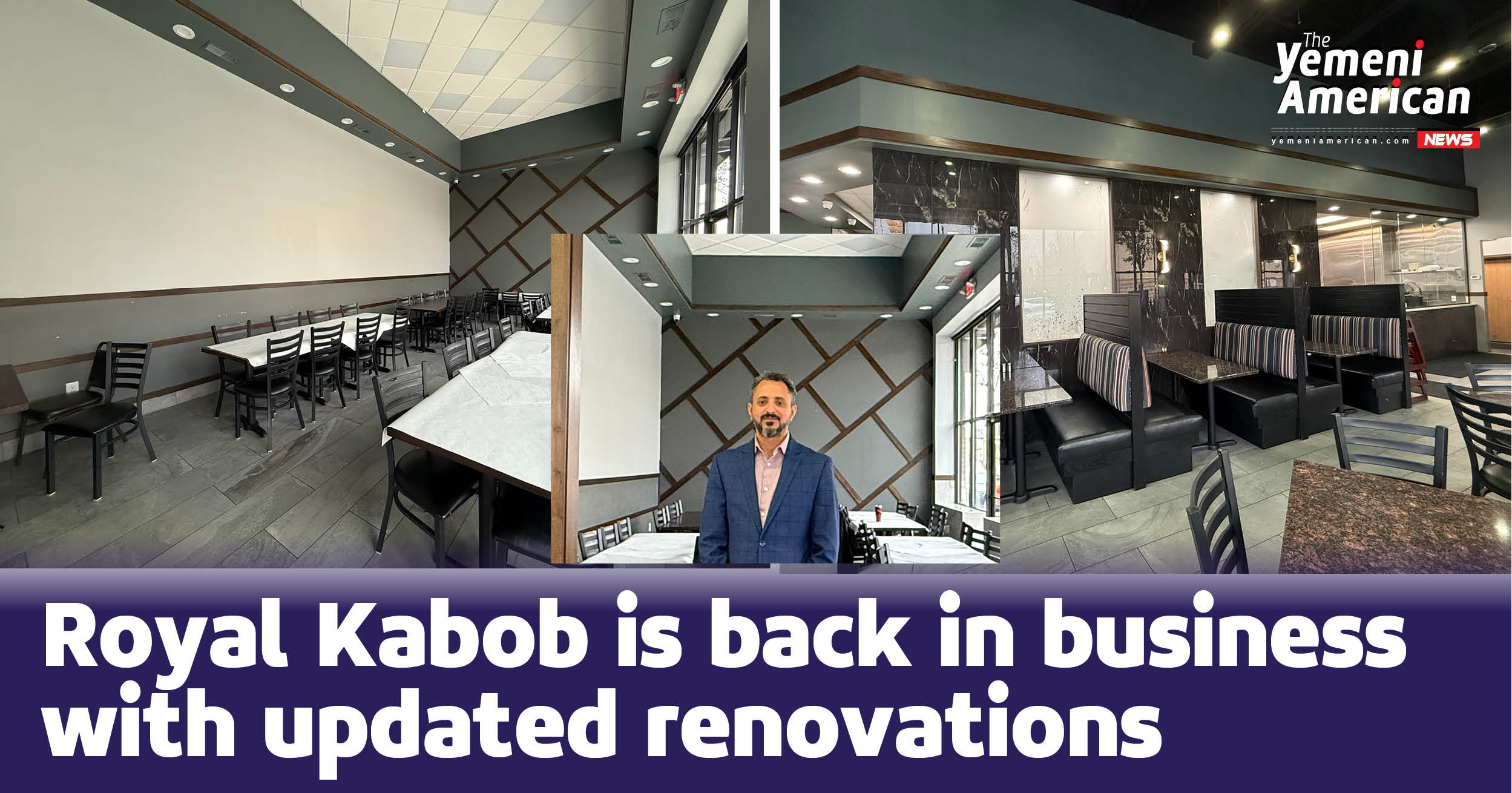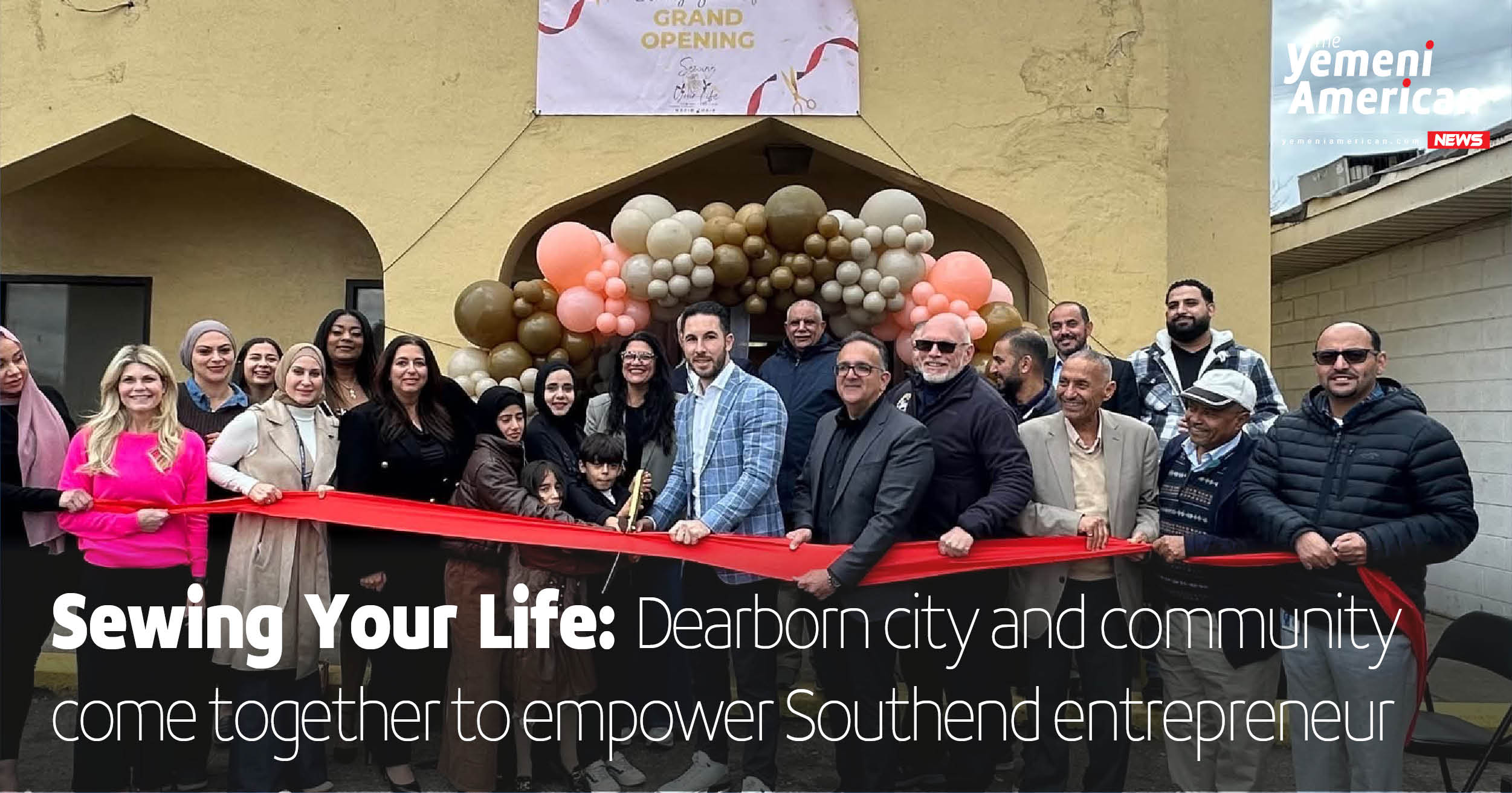Reflections by Stephen Coats based on the memoirs of Nancy Coats
One might think that food and water are pretty basic, simple and the same everywhere, after all, what could be different? When my family arrived in Sana’a back in 1976, got settled in our new house we soon started to learn some of the nuances of food and water in Yemen. We were there as foreigners in a unique place trying to fit in, learn and be ready for the coming school year at the Sana’a International School. Food and water were some of the first things we had to figure out.
First off, the water had to be boiled 20 minutes before drinkable. It was stored in a large round water tank on the roof of the house. There was a second tank in the ground beside the house that was filled with water from the city supply when the pipes weren’t broken and when the city was running water, which was sporadic. For my older brother, sister and me, the most exciting part came, when the man with the donkey drawn water tanker cart showed up to fill our house tank. We never got tired of watching that. Because the main tank was on the roof, gravity was used to give water pressure to the house below.
The water heater worked sometimes and not others. When it was working we had hot water in the bathroom and in the kitchen. It was only hot though when the roof tank was full and applying enough pressure. We often had to heat the water for baths on the stove.
As far as food goes, we tried to keep some things the same as our home in the US. For breakfast we often fried bread, made eggs and even hash browns. Initially, mom was frustrated because everything took longer to do; every meal preparation was a lengthy chore. We loved tacos, but could not find taco shells so used pita bread instead. It worked. We started making our own potato chips, which were actually much better than what we bought back in the US. My dad started making his own granola for us, which was very good. Eggs were like gold. They were about $1 a dozen for very tiny ones, but mostly they were not available at all.
We did embrace a lot new foods as well, there was a local bakery right across the street from our house and we often purchased fresh bread from there, so delicious! I even became fascinated with the process and would sit for long periods watching one of the employees sitting on the ground hammering out the bread pans from raw tin scraps. Another one of my favorites was the falafels and shawarmas from got from the street vendors, although I learned later, these we imported foods from Lebanon and Jordan. We preferred fresh vegetables instead of canned but usually bought canned. Mom soaked the fresh fruits and vegetables in Clorox for 15 minutes to clean them. It did affect the taste, but didn’t bother us much. There were weevils in the flour pot, so just had to sift them out! There was even delicacies lake cactus that I have not eaten since those days. The limes were great and made good juice, even better than the Lemonade we were used to from back home.
When Mom tried to bake her first birthday cake in Yemen it looked good all during the process but then AFTER it was baked. So sad, it fell because it was difficult to regulate the temperature on the new gas stove and with the high altitude, Sana’a is actually nearly a mile in elevation. The cake looked more like custard pudding than a cake but us kids liked it!
Today, I love a wide variety of foods, from all over the world. I think my palate has been shaped by my time in Yemen and often I will get cravings for Fahsa and Salta (savory traditional Yemeni stews), with smells and tastes from my childhood. Living in southeast Michigan I am happy to say, we can easily find good Yemeni restaurants to visit and have started introducing my kids to some of my childhood favorites.
TO BE CONTINUED…


